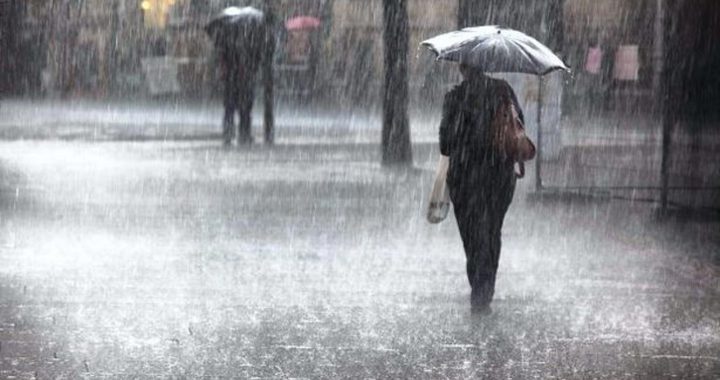If you live on the east coast and you’ve been suffering from seasonal allergies more than usual, it’s likely the recent rainfall is to blame. According to an Dr. Dane McBride, an allergy specialist at the Asthma and Allergy Center in Roanoke, drier seasons usually make for calmer allergies. But mold and other allergens like ragweed have flourished in the recent wet conditions.
McBride said mold is unlike other allergens because it can grow in warm, damp spaces inside your home. Allergy season typically begins in mid-August and ends in late October when temperatures drop. You also want to prevent mold growth in leaky areas like the kitchen and bathroom.
Source: www.wsls.com


 Allergies are an overreaction of a person’s immune system to an allergen, an otherwise harmless protein that has no effect on a non-allergic person. Common sources of inhaled allergens are tree, grass and weed pollen, mold spores, dust mites, cockroaches, cats, dogs, birds, cows, horses, rabbits and rodents. The overreaction of the immune system that results from contact with one or more of these inhaled allergens may cause annoying symptoms like coughing, sneezing, itchy eyes, runny nose, and scratchy throat. A person will often have allergies to more than one allergen.
Allergies are an overreaction of a person’s immune system to an allergen, an otherwise harmless protein that has no effect on a non-allergic person. Common sources of inhaled allergens are tree, grass and weed pollen, mold spores, dust mites, cockroaches, cats, dogs, birds, cows, horses, rabbits and rodents. The overreaction of the immune system that results from contact with one or more of these inhaled allergens may cause annoying symptoms like coughing, sneezing, itchy eyes, runny nose, and scratchy throat. A person will often have allergies to more than one allergen.

